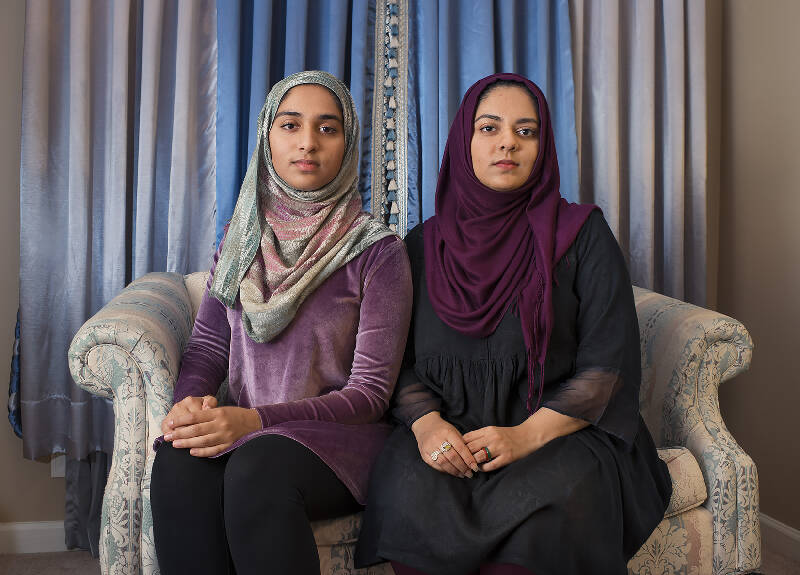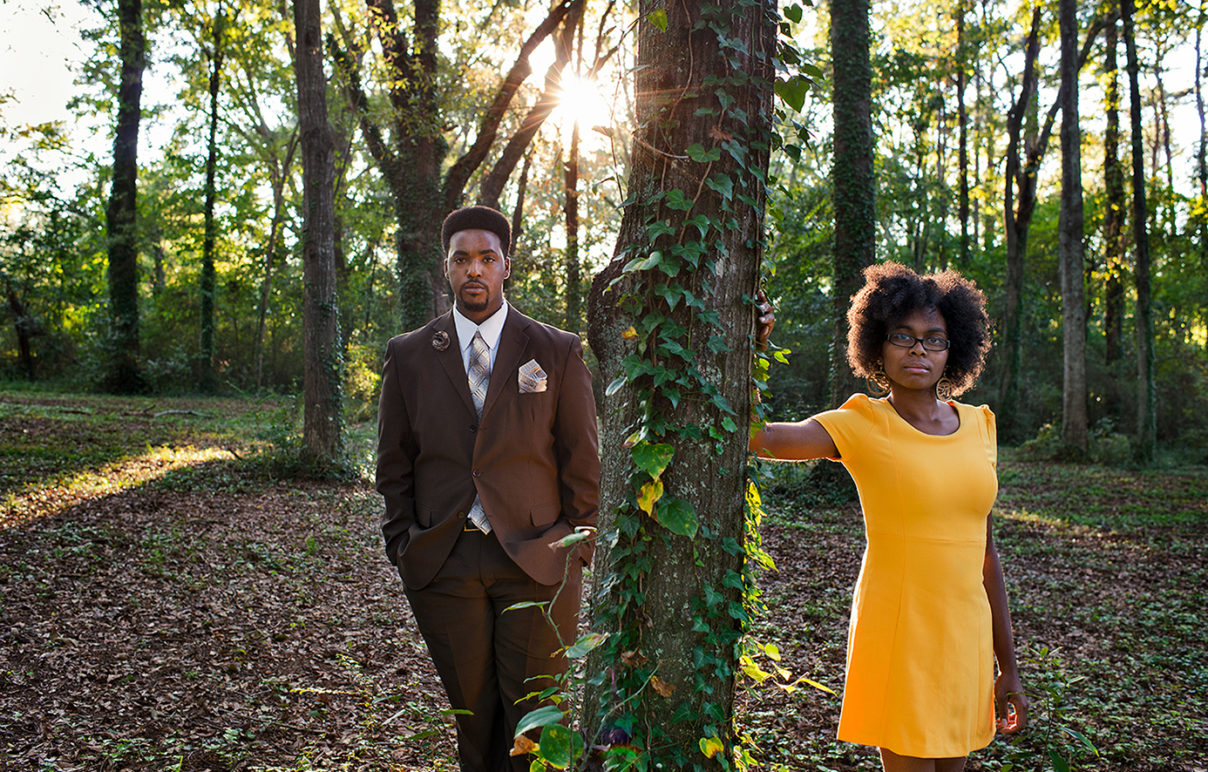Jane Bass’ family roots were set in Georgia after the Revolutionary War. At that time, a multiple-great-grandfather who had fought for the Colonies was given a parcel of land.
Image courtesy of: The New York Times
Newnan is a small, charming city about forty miles southwest of Atlanta. The antebellum architecture throughout the quaint streets earned the town the title of “City of Homes”, and it is quite fitting. Unfortunately in April 2018, the town was accosted by a neo-Nazi group that decided to hold a rally there. The group preferred to hold their rallies in predominately white towns… what they did not realize was that the “Newnan of the past” had changed. The town’s population had doubled in less than 20 years and it had grown diverse as a result of its newcomers.
Last year following the infamous rally, the town decided to put up 17 large-scale banner portraits featuring images of Newnan’s ordinary citizens. These beautiful portraits hang from the perches of the downtown’s brick buildings and the effect has both rattled and calmed the town’s residents.
The city of Newnan has a long history. Years ago, it was a hospital town that treated soldiers from both sides of the Civil War. Due to the cotton industry, at one point, the town was one of the wealthiest per capita in the United States. In 1986, the town’s population was roughly 12,000 and today, the population is close to 40,000. That increase alone is sure to cause agitation in what was previously a “typical, small Southern town.”
Newcomers came from all backgrounds with the majority being Hispanic. Over that time frame, the town’s black population dropped from 42% to 28%. Naturally people asked themselves, “Is this going to make us more like the big city we don’t like?” And, “How can we keep this small-town feeling?”
The photographer, Mary Beth Meehan.
Image courtesy of: The New York Times, photographed by: William Widmer
It was thanks to Mr. Hancock that this city-wide installation came to be. While in Providence five years ago for an art conference, Newnan had the opportunity to see one of Mary Beth Meehan’s installations. He was instantly drawn to the beauty of Meehan’s portraits. After a conversation with his children, Hancock decided to reach out to Meehan and he told her about the “old Newnan” versus the “new Newnan”, about what has happened after the population explosion, and about the race and class tensions.
Hancock said, “I just felt like we were living apart. We were in these little bubbles. I thought this project could pierce the bubbles.” A year later in 2016, Meehan agreed to come to Newnan to be a part of their Artist in Residence Program.

The two Shah sisters are American-born Muslim women in their 20s. The Shah family moved to Newnan seven years ago.
Image courtesy of: Chattanooga Times Free Press
Meehan spent two years visiting Newnan and witnessing moments that shaped the community’s identity such as the high school’s Homecoming Dance, a reunion for the class of 1954 who attended an all-black high school, and the November night back in 2016 when President Trump was elected.
During one of the photographer’s final visits in 2018, Meehan photographed the Shah sisters. Zahraw and Aatika were accustomed to the stares and questions that arose when they began wearing traditional hijabs in sixth grade. They were questioned as to whether or not they were “even American.” Even though sitting for the portrait made the sisters question whether they did belong; they both felt it was important to show the city who they were and that they were a vital part of this community.

Cliff and Monique are two college students that are on the board of the The African-American Heritage Museum. They have aspirations of getting the museum on the National Historic Register. The pair also wants to increase tourism to Newnan and the surrounding area, to increase research about the area, and to bringing in scholars from all over the world.
The two have a mission in that they want to bring back to life the enslaved people who are buried there; people who left their homes early each morning and went to work digging their owners’ fields, laying the bricks for their owners’ elegant homes and essentially, constructing Newnan’s foundation.
Image courtesy of: Mary Beth Meenan
Meehan and Hancock hoped that the portraits would force everyone to see each other for who they were, maybe for the first time ever. Meehan spent hundreds of hours talking to residents and often times, those conversations lead to talk about race. Such conversations are usually uncomfortable and hard to have.
Nevertheless, it has been successful! Meehan said, “When we had the formal opening for the banners, a large crowd came to the celebration – one attendee said it was the most “mixed” crowd of black and white people he’d ever attended in his forty-plus years of living in Newnan. People in the photographs as well as people in the town stood up to declare how it made them feel to see themselves and the people they loved pictured on such a large scale; others who were not pictured thanked me for portraying the kind of community that they wanted to live in. I am extremely proud of that.”